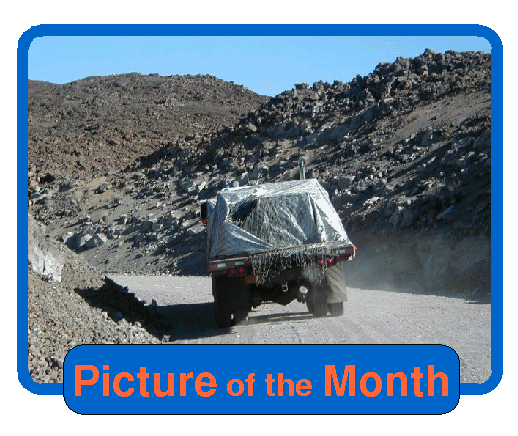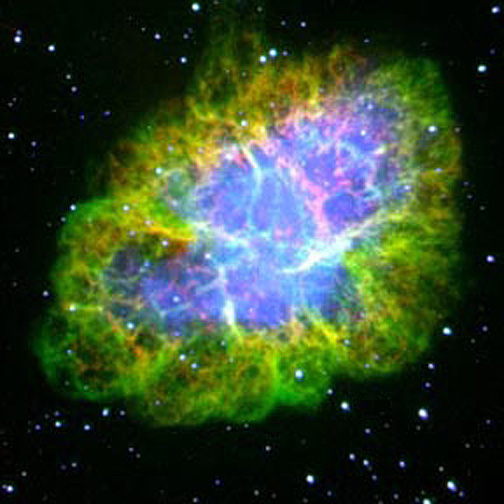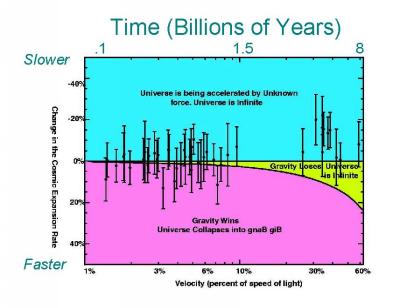












|

|

The UltraDeep Survey - The Nature of Dark Energy
|
A strange dark energy fills the universe, exerting an irresistible repulsive
force on every piece of matter, causing galaxies to rush away from each other,
faster and ever faster... it sounds like something out a science fiction
movie. But in 1998, astronomers discovered the truth - our universe really is
filled with dark energy.
|
 |
Astronomers first realized the existence of dark energy when studying distant
Type Ia supernovae - the powerful explosions of old, burnt-out white dwarf
stars that have become too massive. They had made predictions of how bright
distant supernovae should seem based on the standard model of the universe:
galaxies were moving apart from each other at a constant speed, coasting along
on the energy left over from the Big Bang. But when they analyzed the
supernovae, they realized that the very distant ones seemed too faint. Could
it be that galaxies weren't coasting, but rather moving apart ever faster and
faster? Might some repulsive energy be causing the expansion of the universe
to accelerate?
|
|
It was a controversial result. Some thought that there was no need to
make up a new kind of energy - the supernovae might seem dim simply
because dust was blocking their light. But shortly after the supernovae
results, other scientists studying the cosmic microwave background - the
glow left over from the Big Bang - found that some extra energy was
necessary to explain the large-scale shape of the universe. Dark energy
would fit the bill, and so now most astronomers agree that our universe is
dominated by the mysterious stuff. Many theories have been made about the
possible causes of dark energy, but the current supernova observations
just aren't good enough to test the theories. We need more supernovae.
|
 |
 |
The CFHTLS UltraDeep Survey is going to give us just that. It will create the
world's largest sample of supernova observations, taking high quality pictures
of more than two thousand Type Ia supernovae. The supernovae will range
from the
relatively close-by - just 1.3 billion light years away - to some as
distant as
8.2 billion light years away. (In redshift, that's a range of z = .1 to
z = 1)
With this many supernovae to examine, astronomers will be able to search for
subtle patterns in the data that will allow them to choose between competing
theories Their conclusions will give us the first precise measurement of the
cause of dark energy.
|
|
Dark energy is thought to make up approximately 70% of the mass-energy in the
universe. Discovering the nature of this predominant component will
inevitably lead to a better comprehension of the origin and evolution of our
universe. Ultimately, we'll be able to understand where mass and energy
come from, and why they exist.
|
This site was last updated on February 13th, 2003.
Comments, suggestions or questions? mlmilne@uvic.ca
|




